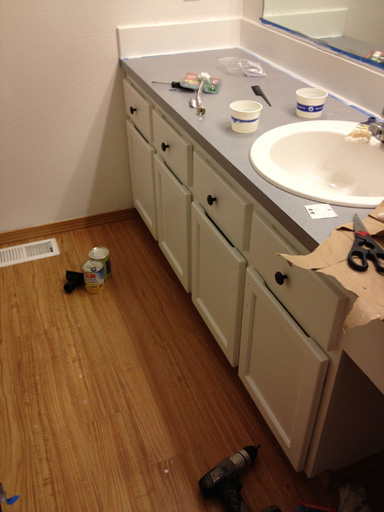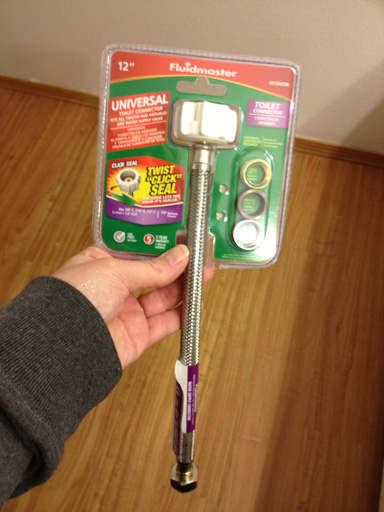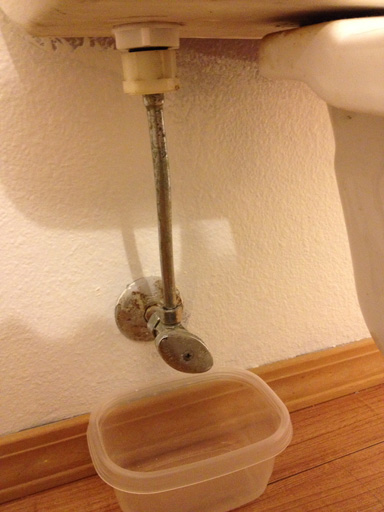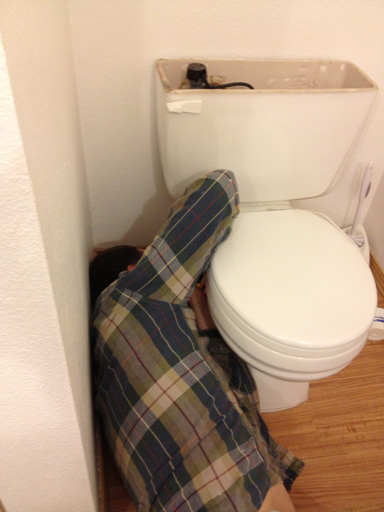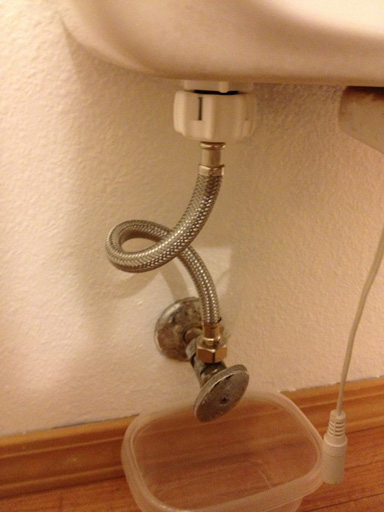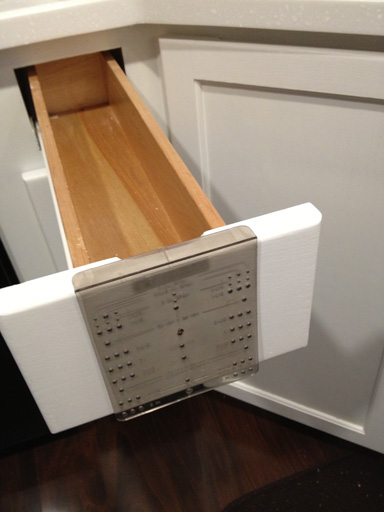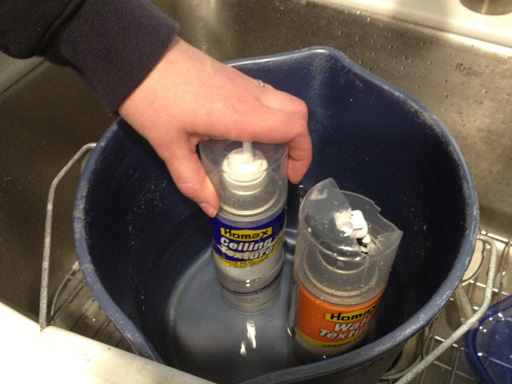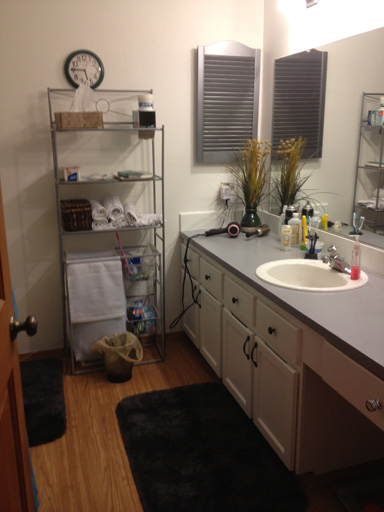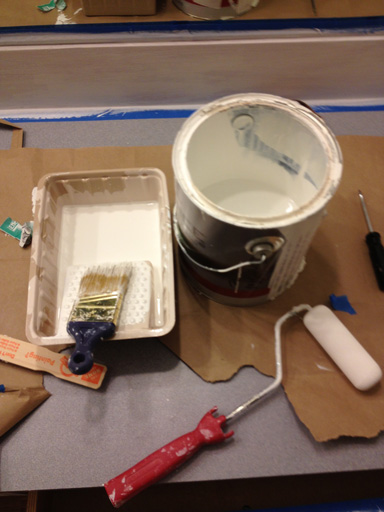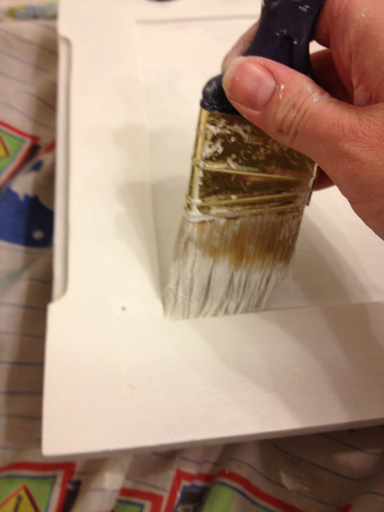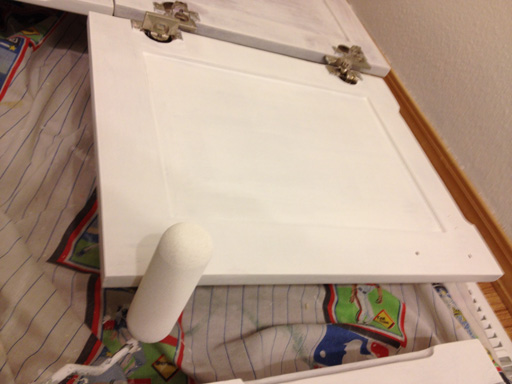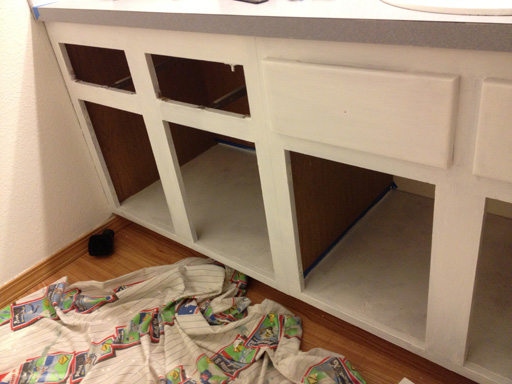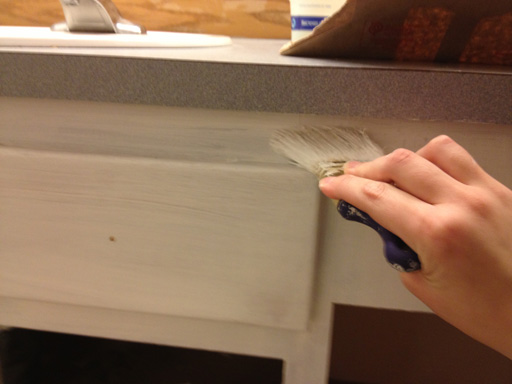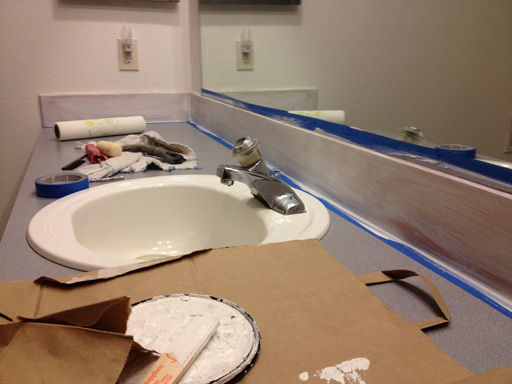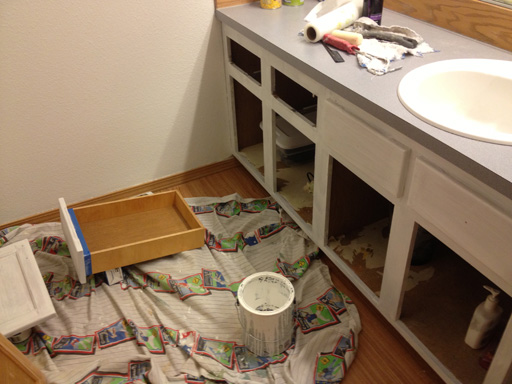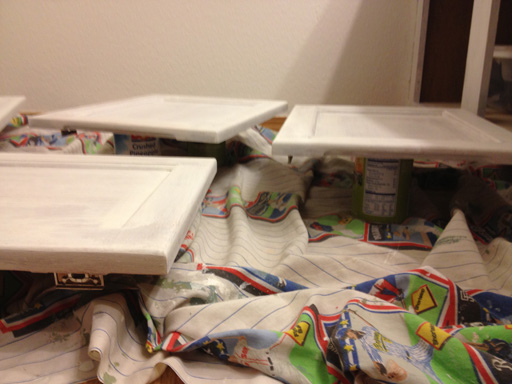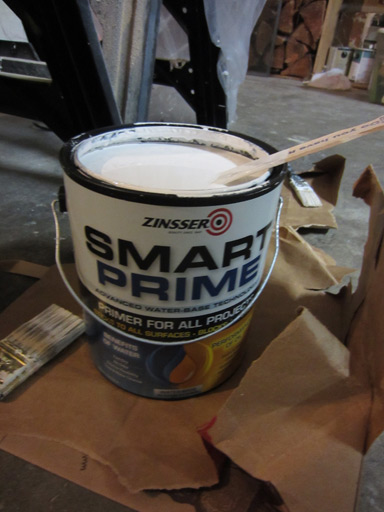My standing desk was awesome but it was too wobbly – the whole desk shook like an earthquake every time I touched it or typed. The fix was easy: I used two heavy duty shelf brackets to anchor my standing desk to the nearby wall. The desk is rock solid now. I can give it a good shove and it barely moves!
Here’s my easy guide to fixing a wobbly standing desk with shelf brackets.
Choosing Shelf Brackets
Shelf brackets come in surprisingly large variety of colors and sizes. You’ll probably want at least two brackets.
Look for a shelf bracket design with:
- 90 degree angle (some are kinda… off)
- A good 8″+ inches on each end (mine are 12″ x 8″) but not unnecessarily large
- Heavy duty design – go rugged, leave the “pretty” shelf brackets for lightweight shelves :)

A prime specimen: this 12″ Knape & Vogt heavy duty bracket will lock your standup desk in place.
I used a pair of 12″ x 8″ heavy duty shelf brackets from the Big Orange Box.
Positioning the Brackets
Your needs will vary – put your brackets wherever makes sense considering the walls around your desk and the underside of your desk. My desk is up against a window, so I had to work around the full-length curtain.
My brackets had to be positioned:
- Outside of the curtain’s range of motion…
- …but still far enough apart to stabilize the desk and help support its weight
- …and not over any studs because my drill isn’t badass enough to drill into a stud
The curtain-closing requirement pretty much forced the first bracket to the center of the window, and the other one somewhere to the right of the window. That meant the left bracket would be smack dab in the center of the window, and the right bracket somewhere near the L-shaped desk’s corner.
To position the bracket, I figured out where the stud wasn’t, held the bracket in place against the wall, and marked its holes with a pencil.

Ideal bracket locations: clear of the window and far enough apart underneath the desk to make having two brackets worthwhile.
Mounting the Brackets into Drywall
I used “EZ Anchors” to secure the screws, which prevents the screws from getting all wobbly in the wall.
EZ Anchors are easy to use. You can twist ’em right into location, or drill a tiny pilot hole first to make them go in even easier.
- Figure out where your screw will go (just hold the shelf bracket in the place where you want it to go)
- Mark the wall through the holes in the shelf bracket
- Put the shelf bracket down
- Screw the plastic EZ Anchor into the wall
- Hold the shelf bracket in place
- Screw the screw into the EZ Anchor
Don’t skip EZ Anchors if you aren’t screwing your brackets into studs. Repeated nudges on the desk will eventually soften the screw’s attachment to the drywall and weaken your brackets.
All Done!
My wobbly standing desk is rock solid. Check ’em out, here’s one of the brackets:
And here’s the other under the window:
And that’s it! It’s done! And it’s awesome.





